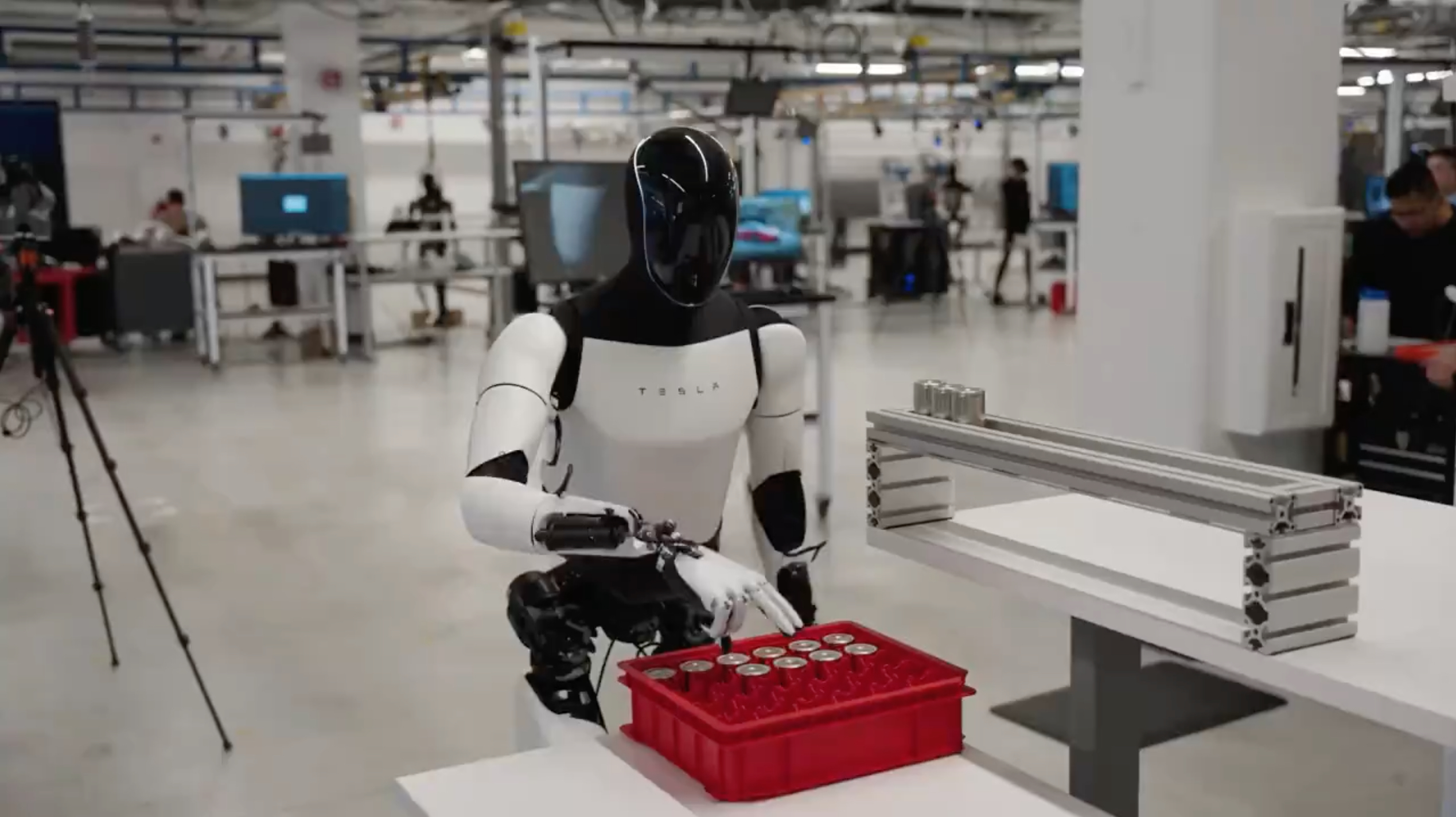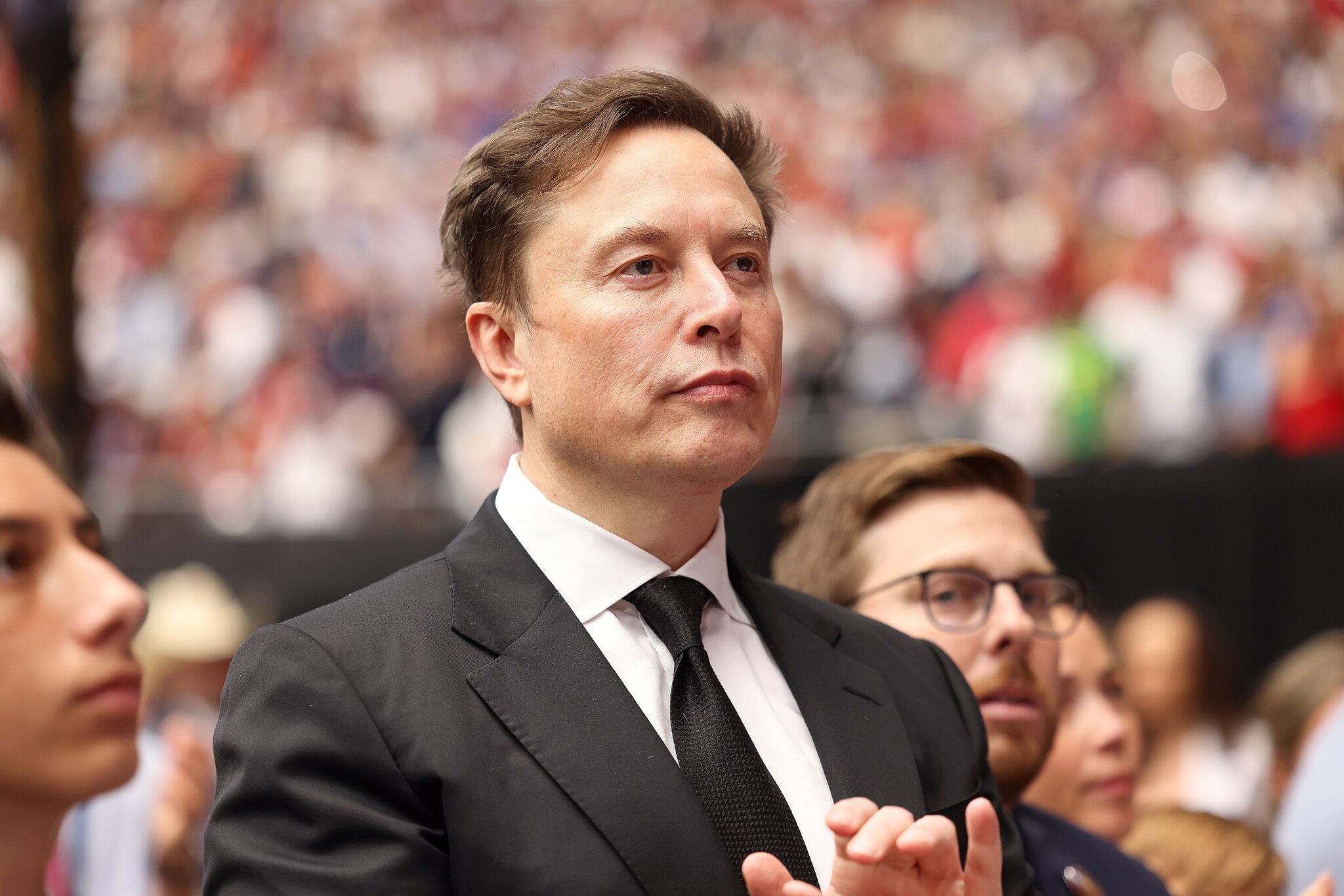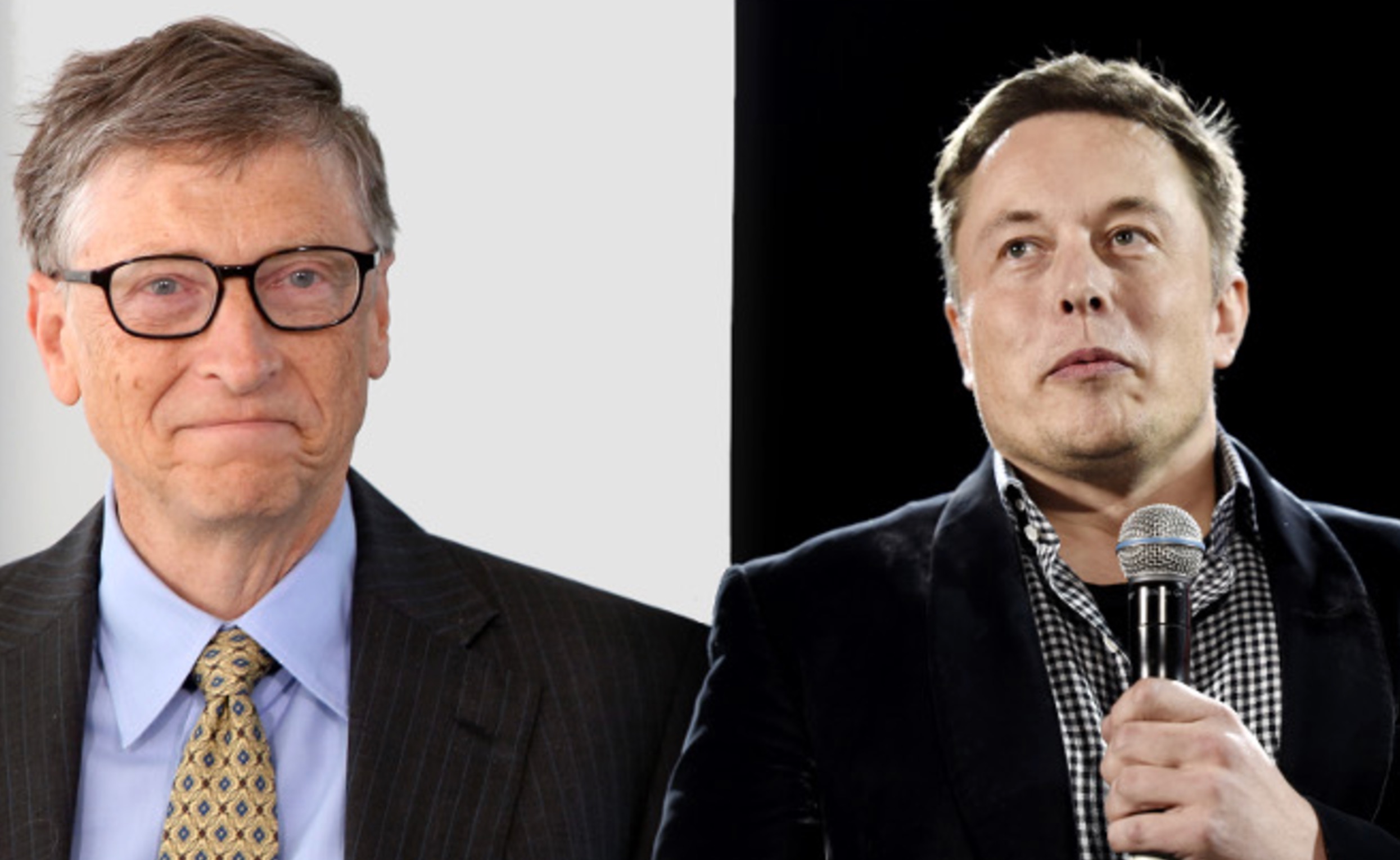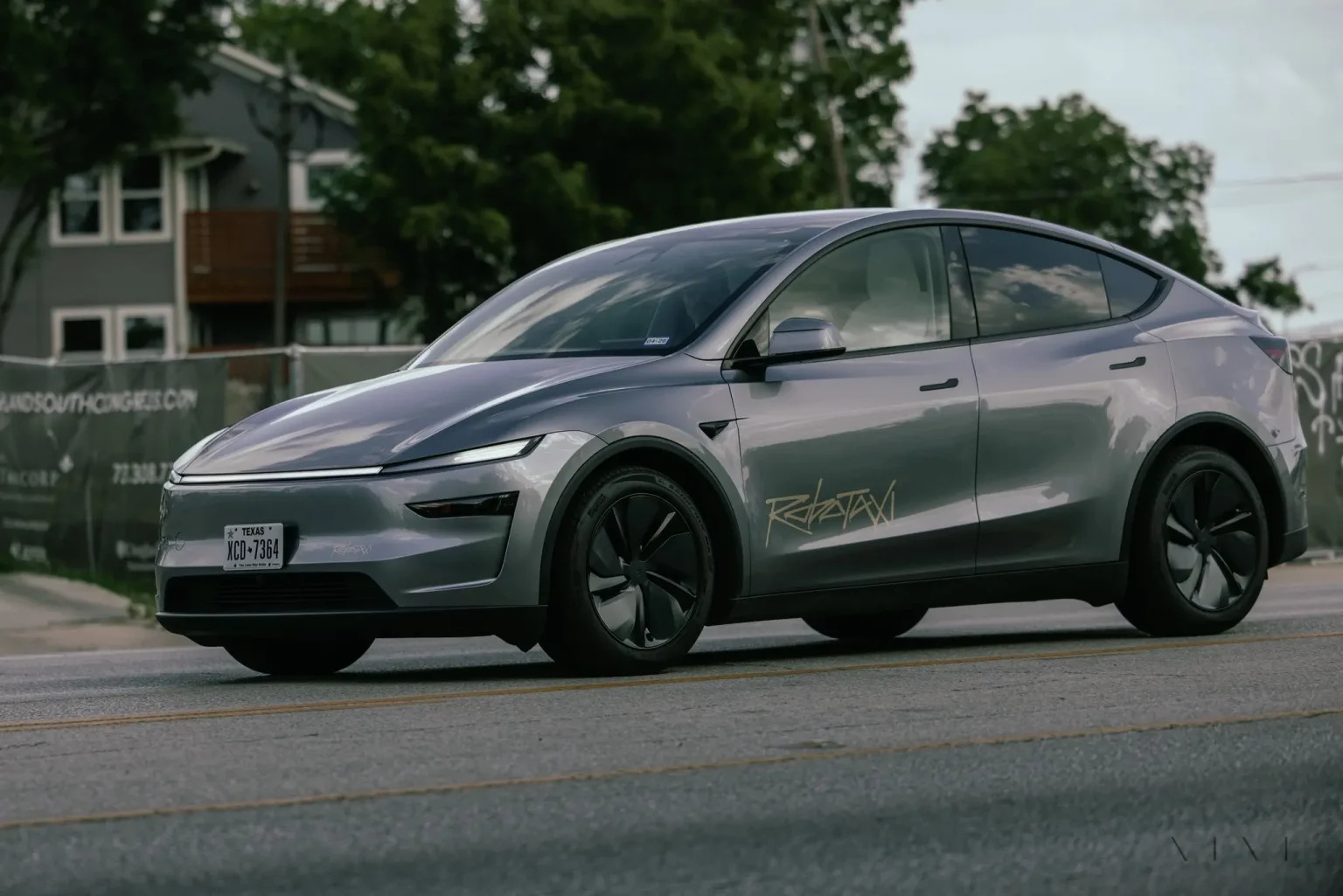Elon Musk
Elon Musk teases Tesla Optimus Gen 3 capabilities: ‘So many improvements’
If you thought Optimus Gen 2 was impressive, Tesla might have a surprise for you.

Elon Musk has teased that huge improvements are coming to Tesla’s Optimus humanoid robot, which is arguably the product that the company is developing with the most potential for everyday use by consumers and valuation increases from a financial perspective.
Optimus is still in the development stages, but Tesla has made great strides in its development over the past several years. It started as a simple idea that was unveiled with a human being in a spandex suit.
Tesla posts Optimus’ most impressive video demonstration yet
Just a few years later, Tesla has developed several humanoid robot prototypes that have made their way to influencers and have lent a helping hand around the company’s manufacturing facilities.
Tesla has already introduced two generations of Optimus, as the most recent release featured a vast number of improvements from the initial version.
The following is a list of things Tesla improved upon with Optimus Gen 2 compared to Gen 1:
- Tesla introduced a weight reduction of roughly 22 pounds, improving efficiency and agility
- Optimus Gen 2 had a walking speed that improved by 30 percent over Gen 1
- Tesla developed more capable hands that had 22 degrees of freedom, double that of Gen 1. This improved object handling
- Optimus Gen 2 had a 2-degree-of-freedom neck, as Gen 1’s was fixed
- Tesla integrated actuators and sensors for better performance. This includes things like foot force/torque sensing, articulated toe sections that are close to human foot geometry for better balance and movement
- Optimus Gen 2 has 28 degrees of overall freedom, improving flexibility from the first generation
- Tesla’s Optimus Gen 2 can do more than Gen 1, and has shown improved motor control and precision, doing things like squats, yoga poses, dancing, and even poaching an egg
These changes essentially brought Tesla closer to what will be the Optimus version that makes it to production. The company has plans to start production for the public in 2026, but some units will be manufactured for internal use within its factories as soon as this year. Tesla has said it could scale to 100,000 units or more by next year.
Musk also revealed to Teslarati recently that the company is in the process of building the production line that will bring manufacturing rates of Optimus to that level.
However, there is another design of Optimus coming, and Musk says it will feature “so many improvements”:
So many improvements to come in the next design of Optimus
— Elon Musk (@elonmusk) June 18, 2025
Tesla has said that Optimus will have the capability to perform tedious and time-consuming tasks like folding laundry, babysitting, cooking, walking the dog, and plenty of other things. However, it will be super impressive to see it do things that require true coordination, like threading a needle, for example.
Musk did not hint toward any specific developments that Tesla will aim for with Optimus Gen 3, but the sky is the limit, especially as it will be performing some manufacturing tasks across its factories.

Elon Musk
Delaware Supreme Court reinstates Elon Musk’s 2018 Tesla CEO pay package
The unanimous decision criticized the prior total rescission as “improper and inequitable,” arguing that it left Musk uncompensated for six years of transformative leadership at Tesla.

The Delaware Supreme Court has overturned a lower court ruling, reinstating Elon Musk’s 2018 compensation package originally valued at $56 billion but now worth approximately $139 billion due to Tesla’s soaring stock price.
The unanimous decision criticized the prior total rescission as “improper and inequitable,” arguing that it left Musk uncompensated for six years of transformative leadership at Tesla. Musk quickly celebrated the outcome on X, stating that he felt “vindicated.” He also shared his gratitude to TSLA shareholders.
Delaware Supreme Court makes a decision
In a 49-page ruling Friday, the Delaware Supreme Court reversed Chancellor Kathaleen McCormick’s 2024 decision that voided the 2018 package over alleged board conflicts and inadequate shareholder disclosures. The high court acknowledged varying views on liability but agreed rescission was excessive, stating it “leaves Musk uncompensated for his time and efforts over a period of six years.”
The 2018 plan granted Musk options on about 304 million shares upon hitting aggressive milestones, all of which were achieved ahead of time. Shareholders overwhelmingly approved it initially in 2018 and ratified it once again in 2024 after the Delaware lower court struck it down. The case against Musk’s 2018 pay package was filed by plaintiff Richard Tornetta, who held just nine shares when the compensation plan was approved.
A hard-fought victory
As noted in a Reuters report, Tesla’s win avoids a potential $26 billion earnings hit from replacing the award at current prices. Tesla, now Texas-incorporated, had hedged with interim plans, including a November 2025 shareholder-approved package potentially worth $878 billion tied to Robotaxi and Optimus goals and other extremely aggressive operational milestones.
The saga surrounding Elon Musk’s 2018 pay package ultimately damaged Delaware’s corporate appeal, prompting a number of high-profile firms, such as Dropbox, Roblox, Trade Desk, and Coinbase, to follow Tesla’s exodus out of the state. What added more fuel to the issue was the fact that Tornetta’s legal team, following the lower court’s 2024 decision, demanded a fee request of more than $5.1 billion worth of TSLA stock, which was equal to an hourly rate of over $200,000.
Delaware Supreme Court Elon Musk 2018 Pay Package by Simon Alvarez
Elon Musk
Elon Musk takes latest barb at Bill Gates over Tesla short position
Bill Gates placed a massive short bet against Tesla of ~1% of our total shares, which might have cost him over $10B by now

Elon Musk took his latest barb at former Microsoft CEO Bill Gates over his short position against the company, which the two have had some tensions over for a number of years.
Gates admitted to Musk several years ago through a text message that he still held a short position against his sustainable car and energy company. Ironically, Gates had contacted Musk to explore philanthropic opportunities.
Elon Musk explains Bill Gates beef: He ‘placed a massive bet on Tesla dying’
Musk said he could not take the request seriously, especially as Gates was hoping to make money on the downfall of the one company taking EVs seriously.
The Tesla frontman has continued to take shots at Gates over the years from time to time, but the latest comment came as Musk’s net worth swelled to over $600 billion. He became the first person ever to reach that threshold earlier this week, when Tesla shares increased due to Robotaxi testing without any occupants.
Musk refreshed everyone’s memory with the recent post, stating that if Gates still has his short position against Tesla, he would have lost over $10 billion by now:
Bill Gates placed a massive short bet against Tesla of ~1% of our total shares, which might have cost him over $10B by now
— Elon Musk (@elonmusk) December 17, 2025
Just a month ago, in mid-November, Musk issued his final warning to Gates over the short position, speculating whether the former Microsoft frontman had still held the bet against Tesla.
“If Gates hasn’t fully closed out the crazy short position he has held against Tesla for ~8 years, he had better do so soon,” Musk said. This came in response to The Gates Foundation dumping 65 percent of its Microsoft position.
Tesla CEO Elon Musk sends final warning to Bill Gates over short position
Musk’s involvement in the U.S. government also drew criticism from Gates, as he said that the reductions proposed by DOGE against U.S.A.I.D. were “stunning” and could cause “millions of additional deaths of kids.”
“Gates is a huge liar,” Musk responded.
It is not known whether Gates still holds his Tesla short position.
Elon Musk
Tesla needs to come through on this one Robotaxi metric, analyst says
“We think the key focus from here will be how fast Tesla can scale driverless operations (including if Tesla’s approach to software/hardware allows it to scale significantly faster than competitors, as the company has argued), and on profitability.”

Tesla needs to come through on this one Robotaxi metric, Mark Delaney of Goldman Sachs says.
Tesla is in the process of rolling out its Robotaxi platform to areas outside of Austin and the California Bay Area. It has plans to launch in five additional cities, including Houston, Dallas, Miami, Las Vegas, and Phoenix.
However, the company’s expansion is not what the focus needs to be, according to Delaney. It’s the speed of deployment.
The analyst said:
“We think the key focus from here will be how fast Tesla can scale driverless operations (including if Tesla’s approach to software/hardware allows it to scale significantly faster than competitors, as the company has argued), and on profitability.”
Profitability will come as the Robotaxi fleet expands. Making that money will be dependent on when Tesla can initiate rides in more areas, giving more customers access to the program.
There are some additional things that the company needs to make happen ahead of the major Robotaxi expansion, one of those things is launching driverless rides in Austin, the first city in which it launched the program.
This week, Tesla started testing driverless Robotaxi rides in Austin, as two different Model Y units were spotted with no occupants, a huge step in the company’s plans for the ride-sharing platform.
Tesla Robotaxi goes driverless as Musk confirms Safety Monitor removal testing
CEO Elon Musk has been hoping to remove Safety Monitors from Robotaxis in Austin for several months, first mentioning the plan to have them out by the end of 2025 in September. He confirmed on Sunday that Tesla had officially removed vehicle occupants and started testing truly unsupervised rides.
Although Safety Monitors in Austin have been sitting in the passenger’s seat, they have still had the ability to override things in case of an emergency. After all, the ultimate goal was safety and avoiding any accidents or injuries.
Goldman Sachs reiterated its ‘Neutral’ rating and its $400 price target. Delaney said, “Tesla is making progress with its autonomous technology,” and recent developments make it evident that this is true.








